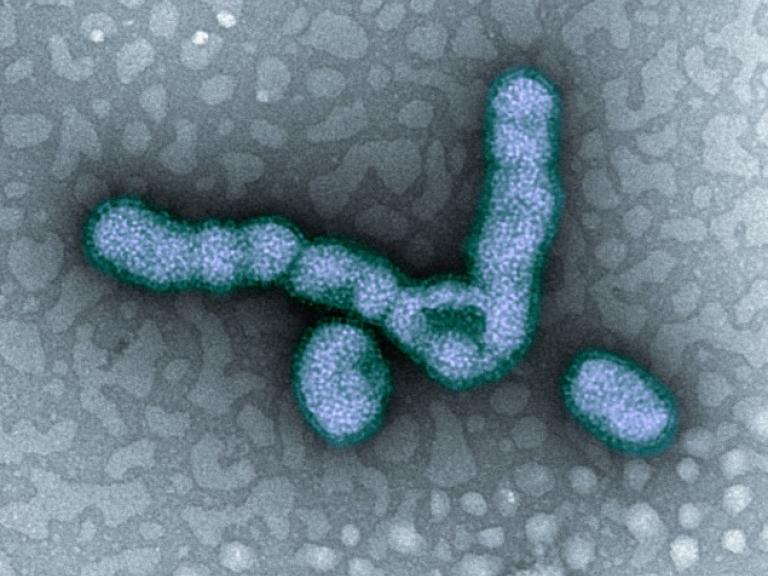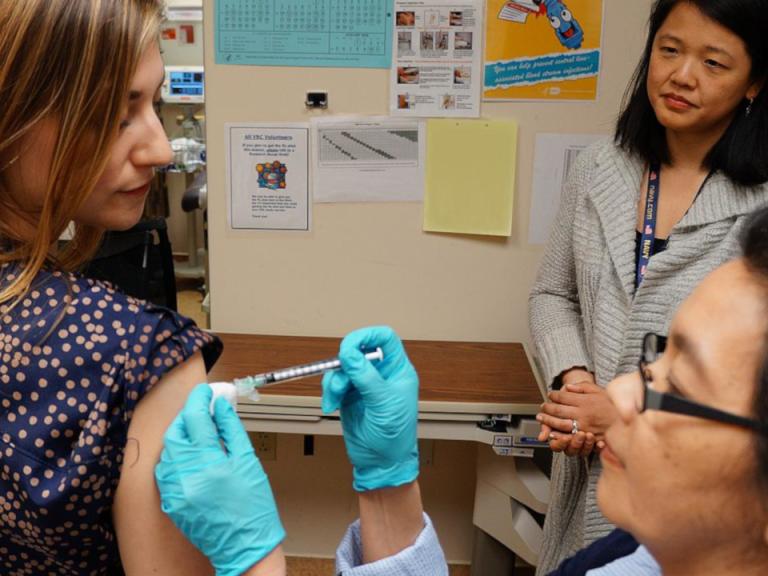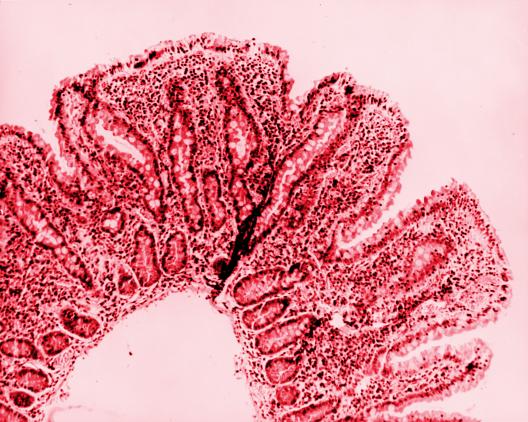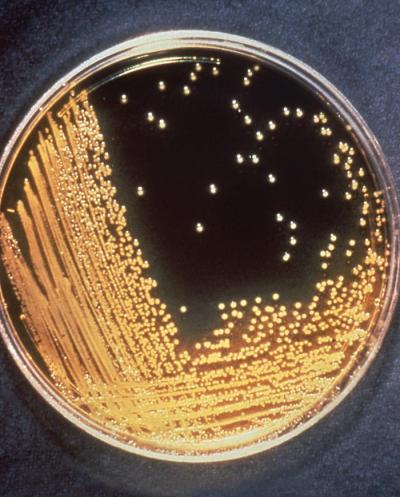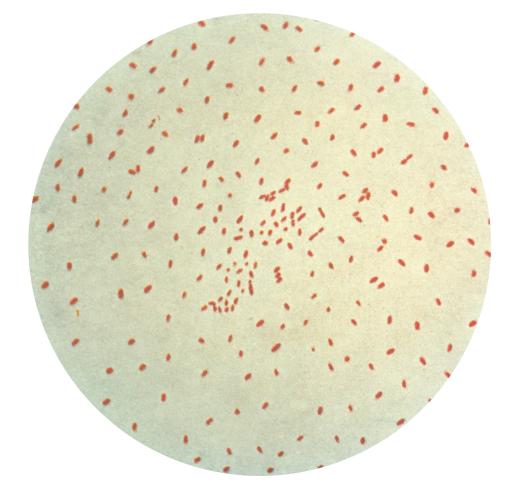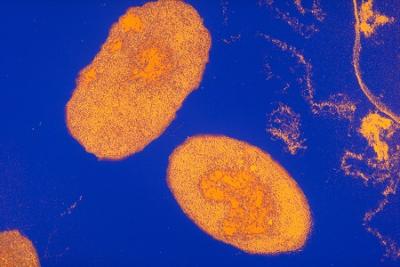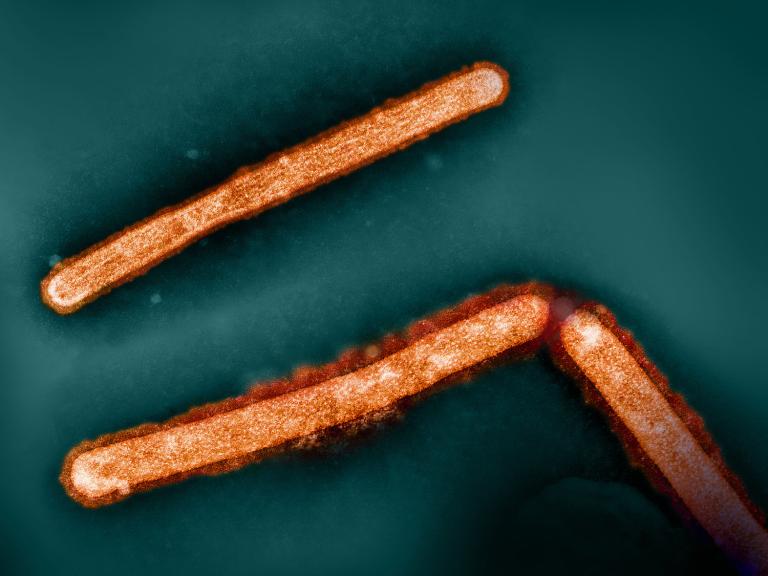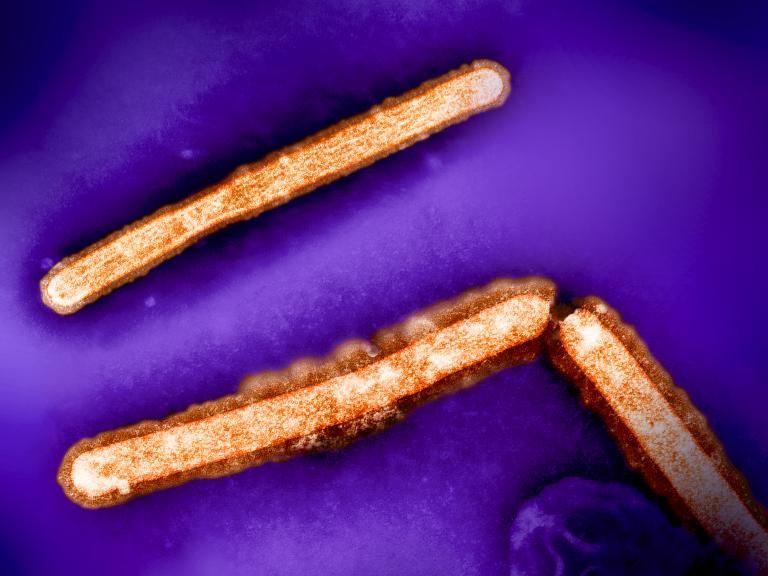Acting Director Jeffery Taubenberger, M.D., Ph.D.
Acting Director: Jeffery Taubenberger, M.D., Ph.D.
The Office of the Director (OD) determines Institute programs, plans, and policies and provides management, program analysis, and scientific program reporting services to the Institute, as well as scientific leadership, policy guidance, and overall operational and administrative coordination.
The OD serves as the chief liaison with the National Institutes of Health (NIH) director, other components of of the U.S. Department of Health and Human Services (HHS), other federal agencies, Congress, professional societies, voluntary health organizations, and other public health groups. It also coordinates the activities of NIAID extramural and intramural divisions.
Senior Leadership: Office of the Director
- Sarah W. Read, M.D., M.H.S., NIAID Principal Deputy Director
- Jill R. Harper, Ph.D., NIAID Deputy Director, Science Management
- H. Clifford Lane, M.D., NIAID Deputy Director, Clinical Research and Special Projects
Senior Leadership: Extramural Divisions
- Carl W. Dieffenbach, Ph.D., Director, Division of AIDS
- Daniel Rotrosen, M.D., Director, Division of Allergy, Immunology, and Transplantation
- Emily Erbelding, M.D., M.P.H., Director, Division of Microbiology and Infectious Diseases
- Kelly Poe, Ph.D., Director, Division of Extramural Activities
Senior Leadership: Intramural Divisions
- H. Clifford Lane, M.D., Director, Division of Clinical Research
- Steven M. Holland, M.D., Director, Division of Intramural Research
- Theodore C. Pierson, Ph.D., Director, Vaccine Research Center






